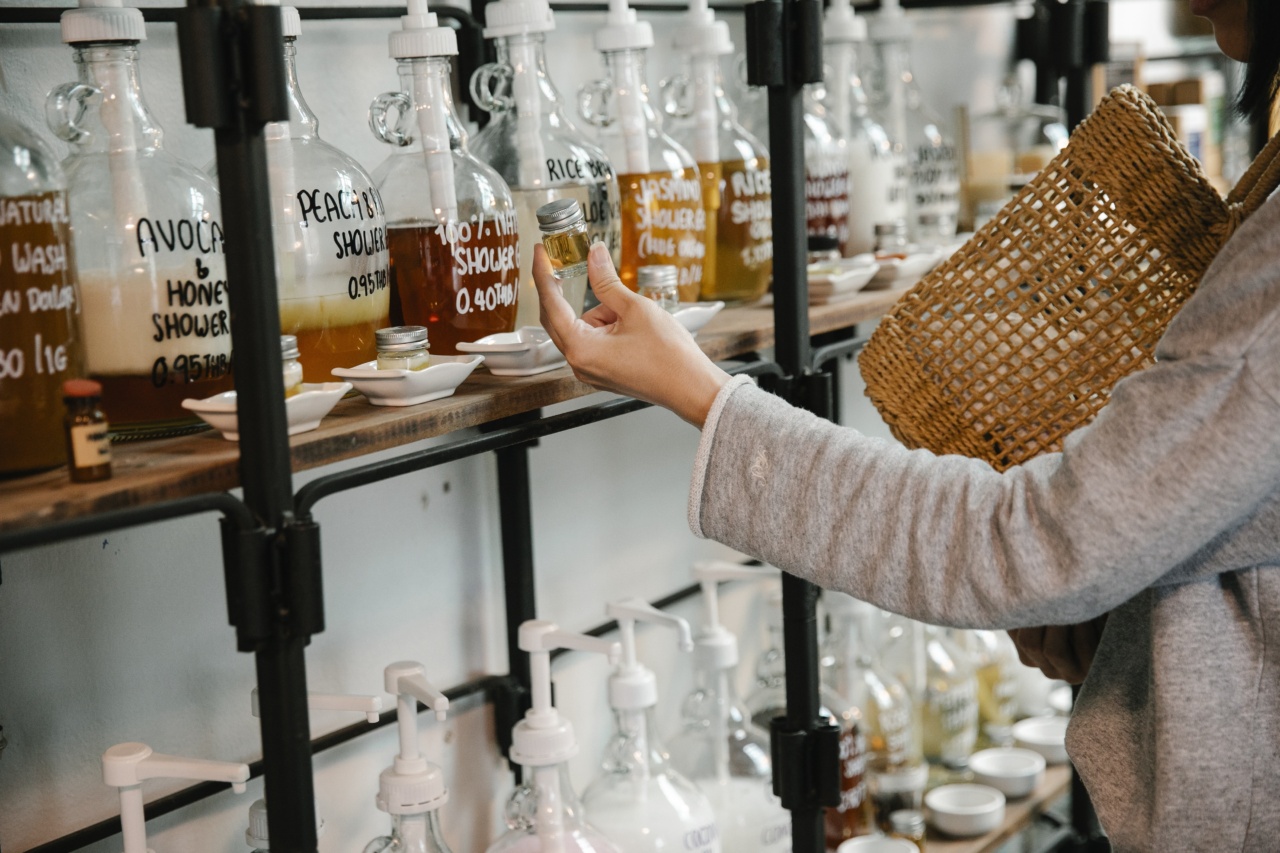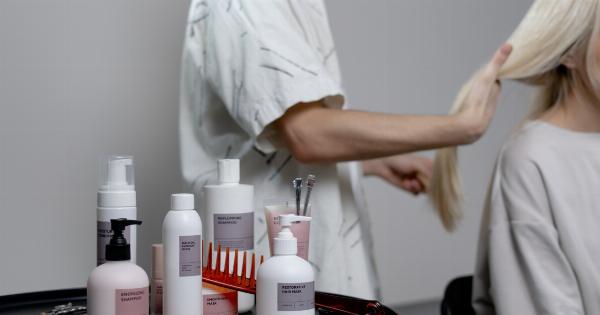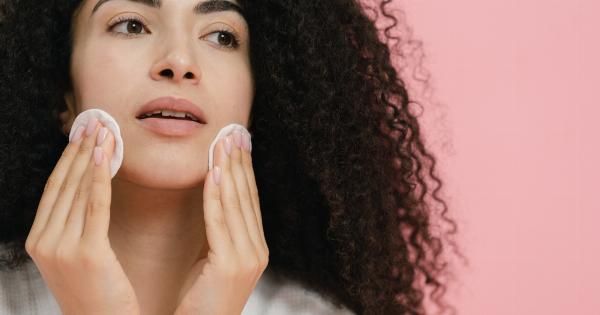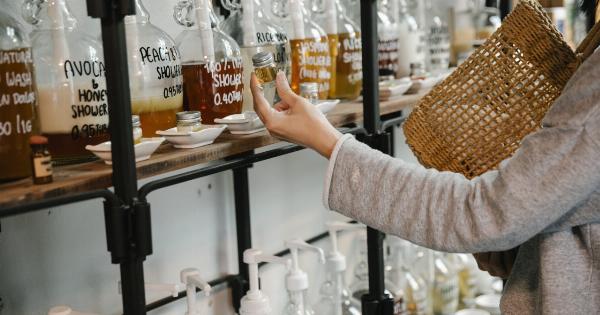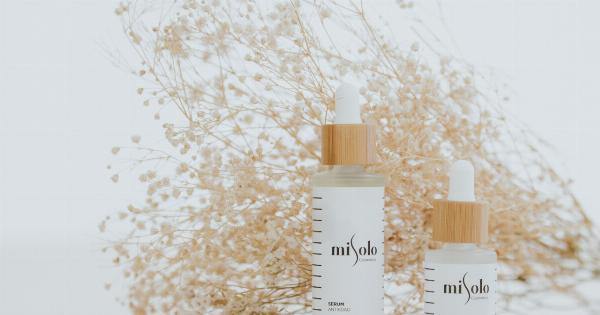Shampoo is an essential part of our daily hygiene routine. We use it to cleanse our hair and scalp, to remove dirt, oil, and product buildup, and to leave our hair feeling clean and refreshed.
However, not all shampoos are created equal, and some may contain ingredients that are potentially harmful. In particular, certain shampoo ingredients have been found to be carcinogenic, meaning they have the potential to cause cancer.
In this article, we will explore some of the most common carcinogenic shampoo ingredients and what you need to know about them.
The Dangers of Carcinogenic Shampoo Ingredients
When it comes to our personal care products, we often assume that they are safe for use. However, many everyday products, including shampoos, may contain ingredients that have been linked to cancer.
Carcinogenic shampoo ingredients have the potential to enter our bodies through skin absorption or inhalation, and long-term exposure to these chemicals can increase the risk of developing cancer. It is important to be aware of these ingredients and make informed decisions about the products we use on our bodies.
1. Sodium Lauryl Sulfate (SLS)
Sodium Lauryl Sulfate, or SLS, is a common ingredient found in many shampoos. It is used as a foaming agent and detergent to help remove dirt and oil from the hair.
However, SLS has been linked to skin and eye irritation, and it can also interact with other chemicals in the shampoo to form carcinogenic compounds. To reduce your exposure to SLS, consider opting for shampoos that are SLS-free or using natural alternatives.
2. Parabens
Parabens are preservatives commonly used in shampoos and other personal care products to prevent the growth of bacteria and mold. However, studies have found that parabens can mimic estrogen in the body and disrupt hormone function.
They have also been detected in breast cancer tumors, raising concerns about their potential link to cancer development. Look for paraben-free shampoos to minimize your exposure to these potentially harmful ingredients.
3. Formaldehyde
Formaldehyde is a known carcinogen and is often used in shampoos as a preservative. It helps to prevent the growth of bacteria and extend the shelf life of the product.
However, formaldehyde can irritate the skin, eyes, and respiratory system, and long-term exposure has been associated with an increased risk of certain cancers, such as nasopharyngeal cancer. Choose shampoos that are free from formaldehyde-releasing preservatives, such as DMDM hydantoin or quaternium-15.
4. Coal Tar
Coal tar is a byproduct of coal processing and is commonly used in shampoos to treat dandruff, psoriasis, and other scalp conditions.
However, coal tar contains several carcinogenic compounds that have been linked to the development of various types of cancer, including skin cancer. If you have a scalp condition that requires treatment, look for alternative shampoos that do not contain coal tar.
5. Phthalates
Phthalates are chemicals used in shampoos and other personal care products to improve texture, fragrance, and product longevity.
However, studies have found that phthalates can disrupt hormone function and may have links to certain types of cancer, including breast cancer. Look for phthalate-free shampoos and opt for products with natural fragrances.
6. Synthetic Fragrances
Synthetic fragrances are often added to shampoos to give them a pleasant scent. However, many synthetic fragrances contain phthalates and other potentially harmful chemicals.
These chemicals can cause irritation and allergic reactions and may also have long-term health effects. To reduce your exposure to synthetic fragrances, choose shampoos with natural, plant-based fragrances or opt for fragrance-free options.
7. DEA, MEA, and TEA
Diethanolamine (DEA), Monoethanolamine (MEA), and Triethanolamine (TEA) are chemicals used in shampoos as emulsifiers and foaming agents.
These ingredients can react with other chemicals in the shampoo to form carcinogenic compounds, such as nitrosamines. DEA, MEA, and TEA have been linked to liver and kidney cancers in animal studies. Look for shampoos that are free from these potentially harmful ingredients.
8. Synthetic Colors
Synthetic colors are often added to shampoos to give them a vibrant hue. However, many synthetic colors are derived from coal tar and may contain carcinogenic contaminants. These contaminants have been linked to cancer and other adverse health effects.
Opt for shampoos that use natural colorants or those that are free from synthetic colors.
9. Triclosan
Triclosan is an antibacterial agent often used in shampoos and other personal care products. However, triclosan has been classified as a potential carcinogen, and it may also contribute to the development of antibiotic resistance.
To minimize your exposure to triclosan, choose shampoos that do not contain this ingredient.
10. Polyethylene Glycols (PEGs)
Polyethylene Glycols (PEGs) are petroleum-based compounds used in shampoos as thickeners, solvents, and moisture carriers. However, some PEGs may be contaminated with ethylene oxide and 1,4-dioxane, both of which are known carcinogens.
Look for shampoos that are free from PEGs or opt for natural alternatives.
